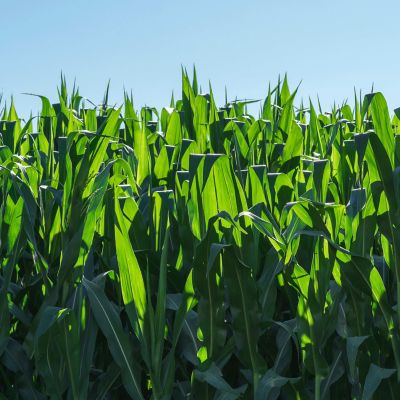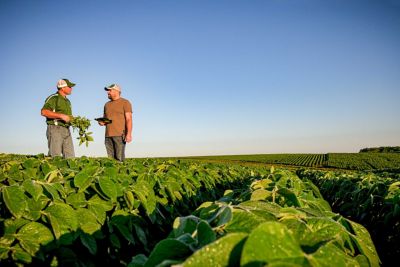Stop the Clock on Crop Disease
Disease moves fast to destroy crop yields. You need a fungicide that works just as fast.
Discover Aproach® Prima fungicidePrevent against and defeat even the most resistant diseases with fungicide solutions from Corteva Agriscience.

Disease moves fast to destroy crop yields. You need a fungicide that works just as fast.
Discover Aproach® Prima fungicide
From enhanced in-season protection to improved harvestable yield, Aproach® fungicide delivers tangible results.
See the benefits
Aproach® and Aproach® Prima are not registered for sale or use in all states. Contact your state pesticide regulatory agency to determine if a product is registered for sale or use in your state. Always read and follow label directions.
Pioneer® brand products are provided subject to the terms and conditions of purchase which are part of the labeling and purchase documents. Product responses are variable and subject to a variety of environmental, disease and pest pressures. Individual results may vary. Fungicide performance is variable and subject to a variety of environmental and disease pressures. Individual results may vary. Always read and follow all label directions and precautions for use when applying fungicides. Labels contain important precautions, directions for use and product warranty and liability limitations that must be read before using the product. Mention of a product does not imply a recommendation.